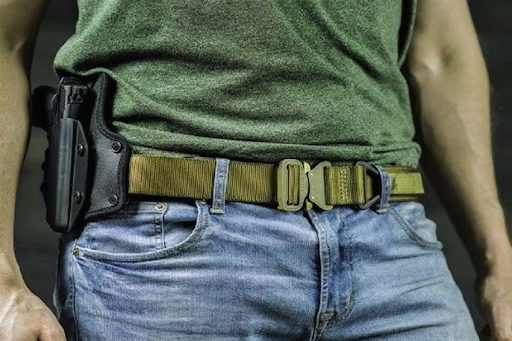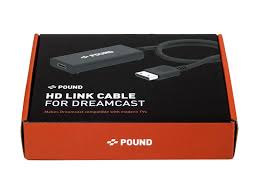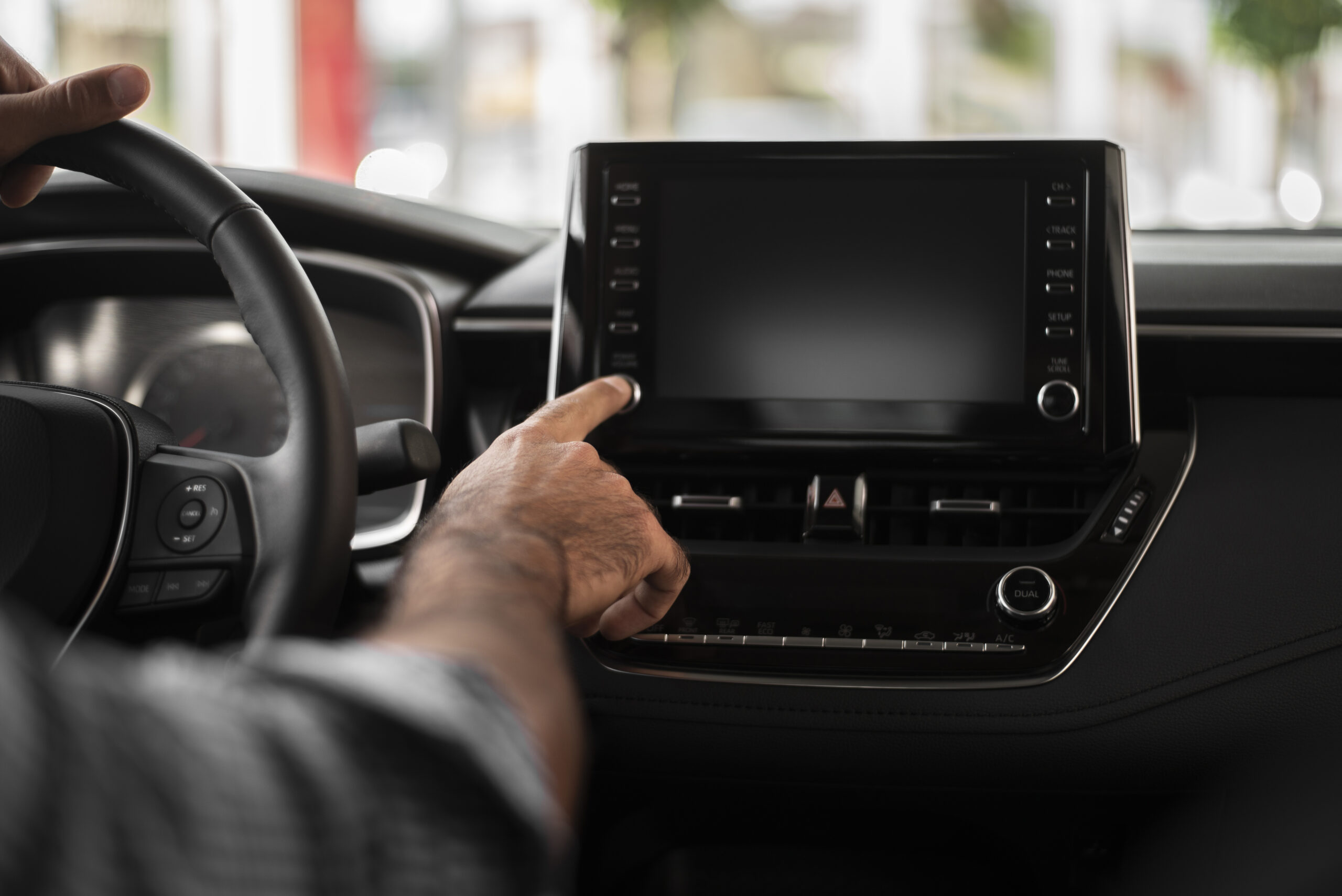A high-quality gun belt is an essential piece of gear for firearm owners, providing the support and stability needed for carrying a holster securely. Whether you use a leather gun belt, a nylon holster belt, or a tactical velcro belt, proper maintenance ensures durability and long-lasting performance. Neglecting your gun belt can lead to premature wear, reduced support, and even safety concerns.
This guide covers everything you need to know about maintaining your gun belt, from cleaning and conditioning to proper storage and regular inspections. By following these steps, you can keep your belt in top shape for years to come.
Understanding the Material of Your Gun Belt
Different materials require different maintenance techniques. Understanding what your gun belt is made of will help you choose the best care routine.
Leather Gun Belts
Leather is a popular choice due to its strength, durability, and classic appearance. However, it requires regular conditioning to prevent cracking and drying.
Nylon Holster Belts
Nylon belts are lightweight, flexible, and resistant to moisture. They require minimal maintenance but can fray over time if not properly cared for.
Velcro Belts
Velcro belts are known for their adjustability and ease of use. The main challenge with these belts is maintaining the velcro’s grip and keeping it free of debris.
Cleaning Your Gun Belt
Regular cleaning prevents dirt buildup, sweat absorption, and premature wear. The cleaning method will depend on the belt’s material.
Cleaning a Leather Gun Belt
- Remove dust and debris – Use a soft, dry cloth or a soft-bristle brush to wipe off any dust.
- Use a leather cleaner – Apply a small amount of leather cleaner with a microfiber cloth and gently rub it into the belt.
- Wipe off excess product – Use a dry cloth to remove any leftover cleaner.
- Condition the leather – Apply a high-quality leather conditioner to keep the belt supple and prevent cracks.
- Let it dry naturally – Avoid placing it in direct sunlight or using heat sources.
Cleaning a Nylon Holster Belt
- Shake off loose dirt – Lightly shake or brush off dust and debris.
- Hand wash with mild soap – Use warm water and a mild detergent to clean the belt.
- Scrub gently – Use a soft brush or cloth to remove stains without damaging the fibers.
- Rinse thoroughly – Make sure no soap residue is left behind.
- Air dry – Hang the belt to dry completely before use.
Cleaning a Velcro Gun Belt
- Remove debris from the velcro – Use a toothbrush or a small comb to remove lint and dirt stuck in the velcro.
- Hand wash if necessary – Use mild soap and water to clean any dirt buildup.
- Let it air dry – Avoid excessive heat to maintain the adhesive strength of the velcro.
Storing Your Gun Belt Properly
Proper storage prevents unnecessary wear and extends the life of your holster belt.
Keep It in a Cool, Dry Place
Humidity and heat can damage both leather and nylon belts. Store your belt in a dry area away from direct sunlight.
Avoid Folding or Creasing
Folding a leather gun belt can cause cracks, while creasing a nylon belt can weaken its structure. Instead, hang it on a hook or store it flat.
Use a Belt Hanger or Rack
A belt hanger or rack helps maintain the belt’s shape and prevents unnecessary stress on the material.
Inspecting Your Gun Belt for Wear and Tear
Regular inspections ensure your belt remains safe and functional.
Check for Cracks and Dryness in Leather
If your leather belt appears dry or cracked, it may need conditioning. Applying leather conditioner will help restore flexibility.
Look for Fraying in Nylon Belts
Frayed edges on a nylon belt can compromise its strength. If you notice significant fraying, consider trimming the loose threads or replacing the belt.
Inspect Velcro for Weakening Grip
If the velcro on your belt no longer holds securely, clean it thoroughly. If the grip is still weak, it may be time to replace the belt.
Conclusion
A well-maintained gun belt ensures optimal performance, comfort, and longevity. By regularly cleaning, conditioning, and storing your belt properly, you can extend its lifespan and maintain its strength.
Whether you use a leather holster belt, a nylon gun belt, or a velcro belt, following these maintenance tips will help you get the most out of your investment. Take the time to inspect and care for your belt regularly, and it will continue to provide reliable support for years to come.










